New Year Wishes
I've been using StableDifusion to make New Year's cards.
I used StableDiffusionWeb, which is currently free and requires no login. If you want to make some of your own, you should. You'll need a 'prompt'; a text description to guide the way that the tool organises its randomness. Most of these were generated with a prompt along the lines of compelling portrait in the style of Tiepolo of a jolly old man with a red cap and a white beard, and it's been fun to experiment with different artists, different media, different emotions.
The tool generates 4 at a time, usually. Sometimes it generates fewer; it's filtering NSFW stuff out. I'm not sure whether I need to know what it's filtering, but as a tester, I'm interested.
It takes anywhere from 15-40 seconds to build those pictures, at relatively-low resolution. I'll typically keep one or two from a batch. I kept something under 200 images; these 50 are the best within a relatively-consistent style, and I've split them into jolly and stern.
My own filtering, then, is on Not Suitable For Publication, and sometime later I'll post samples of the ones that are different styles (photo-realistic, paper cutouts, Lucien Freud, sculptures made of leather) and differently-surprising (odd eyes / ears / fingers / mouths, inappropriate hair, becoming hat). I may even go back into the mix and post a few that really didn't make the cut (terrible skin complaints, half a head, nothing really interpretable).
I've also increased, in some slight ways, the variation. After the first several hundred pale Santas, I found the source images' bias (potentially prompted by the inclusion of the word 'white') was impossible to ignore. Prompting with various nations around the Mediterranean helped, a bit – but the faces and poses became more-similar, the look became more artificial, the anatomy errors more pronounced. I've got a note below on a particularly noticable repeated face.
So: you'll see a very few faces below which aren't clearly from northern Europe and the general oeuvre of the late-renaissance painters I mostly used for prompts. One may be able to explicitly move away from the biases in the data used to train the tool by changing the request, but you may get a different quality of output. Where your trainig data is poor, your output would be poor, too.
This set leans on the learned skill and developed genius of a whole culture of painters. What's interesting is that the training and AI model using that training have filleted out concepts. Switching from Rembrandt to Freud produces similar pictures in different styles. Switching from jolly to stern, or compelling to dreamy, or oils to HDR photorealistic ultradetailed does – generally– something like you've asked.
StableDiffusion is described as an artificial intelligence. It's also described as a stochastic parrot – something that combines things it knows, without any real sense. You need to see the wierd ones to get a sense of this; one element of the illusion of intelligence here is that I've picked images which work. What you're seeing here is 50 from perhaps 750 generated images.
Still, I think it's stunning; shown one image, in isolation, I'd be hard-pressed to pick it up as a generated image – and I personally find every one of these 50 interesting. What, though, would I be studying, if I picked one to study?
So, in no particular order, here are 50 entirely new images of old men in red caps and white beards.
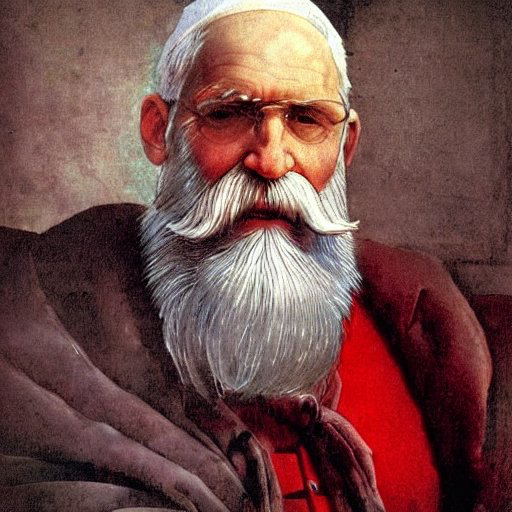
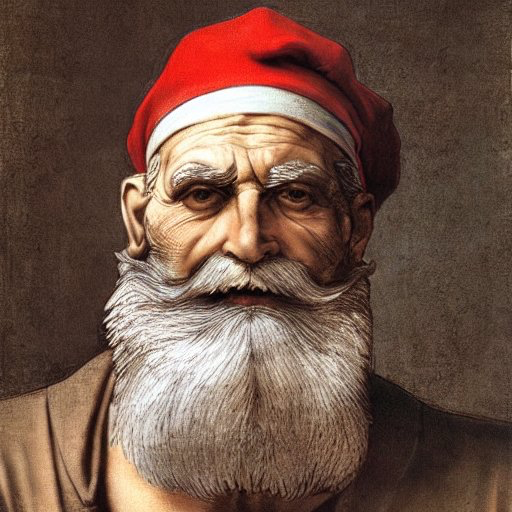
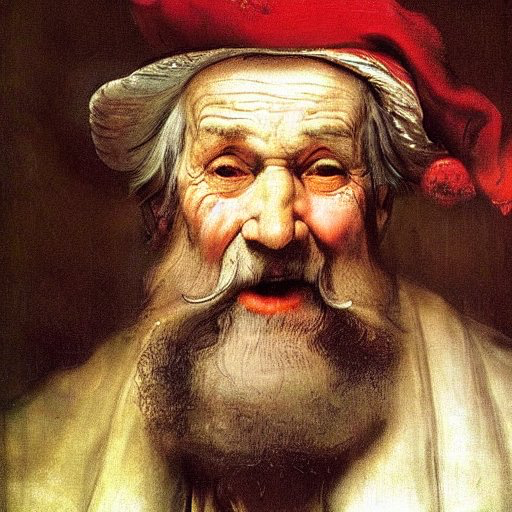
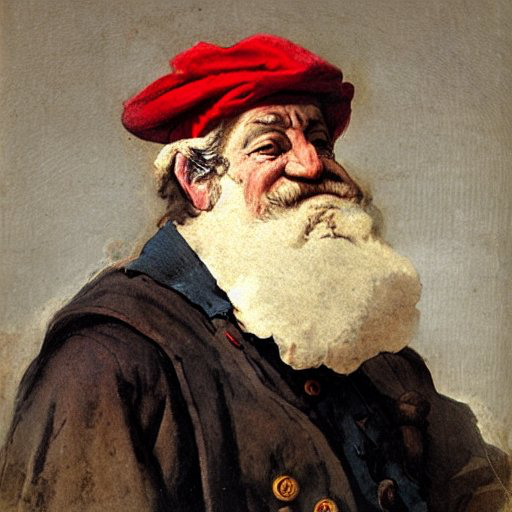
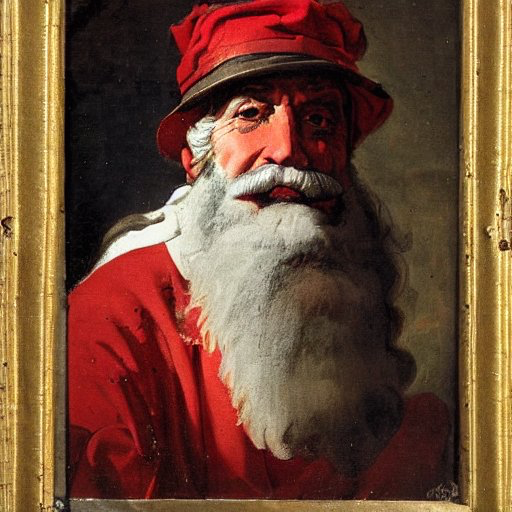
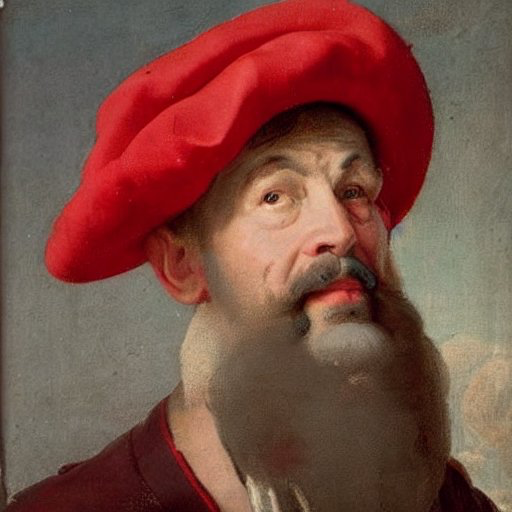
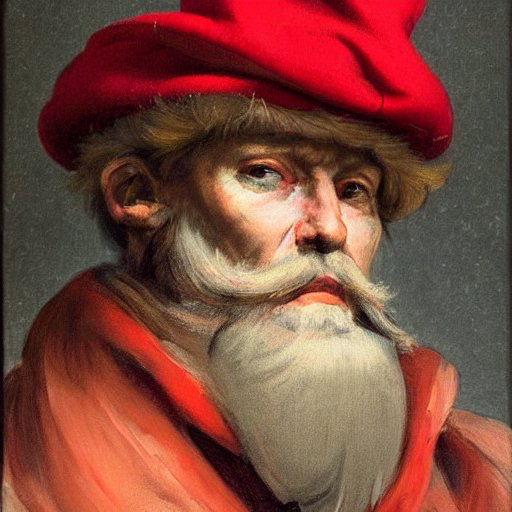
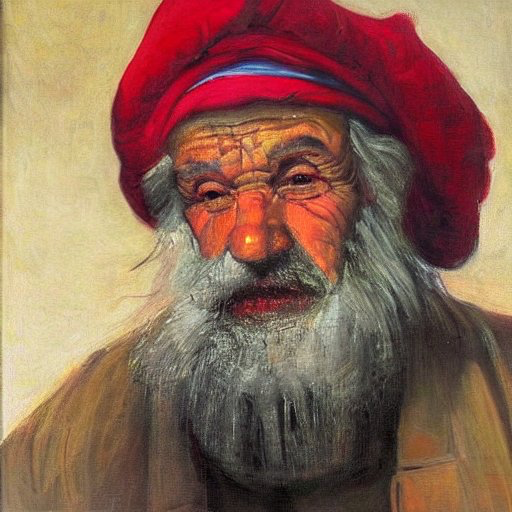
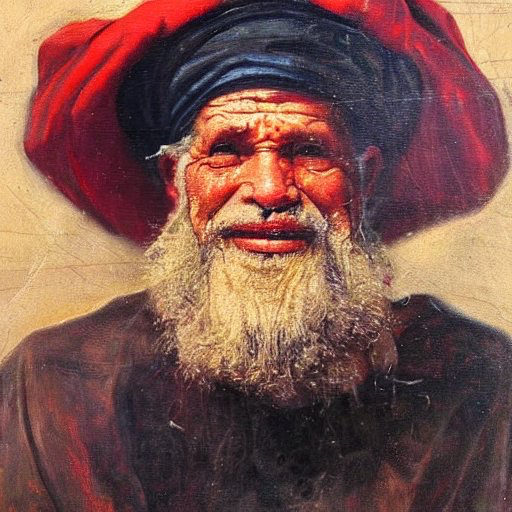
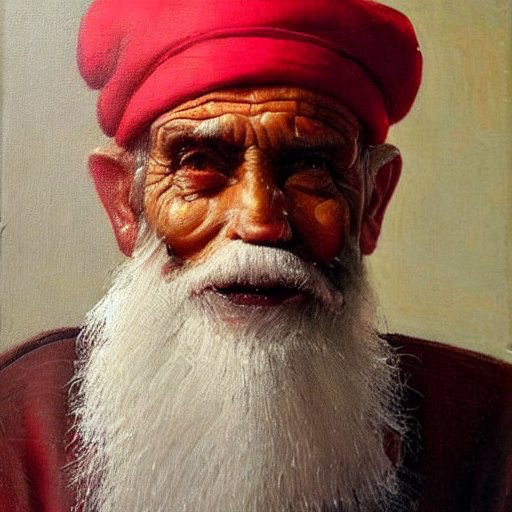
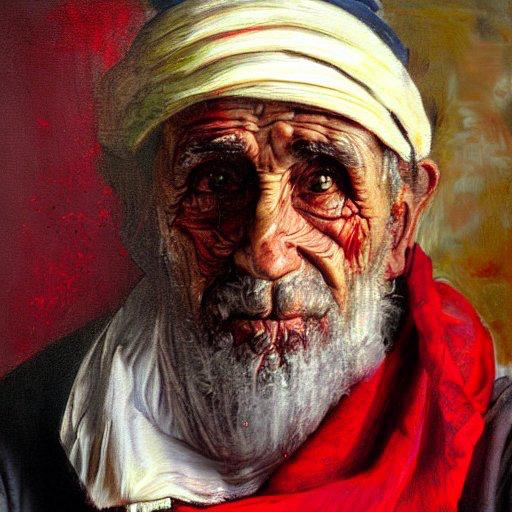
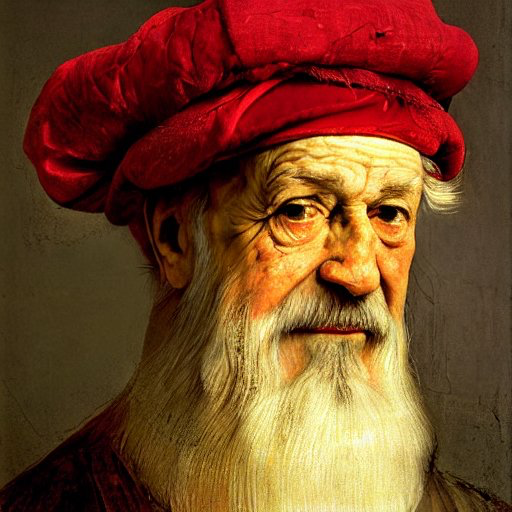
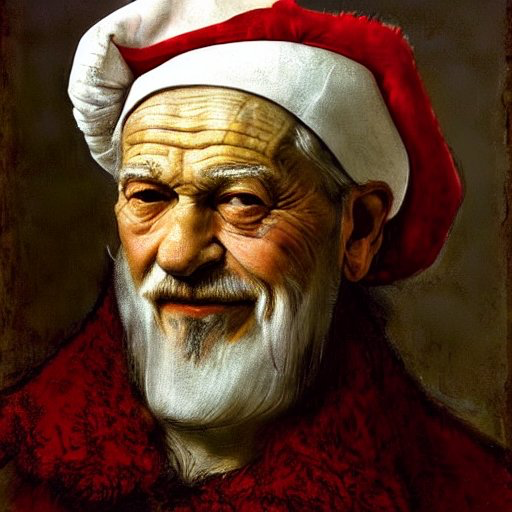
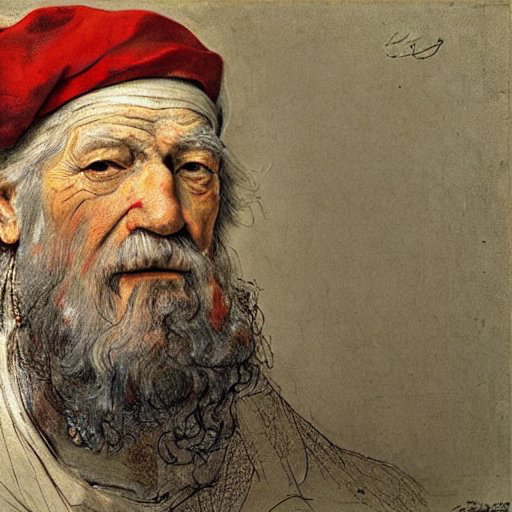
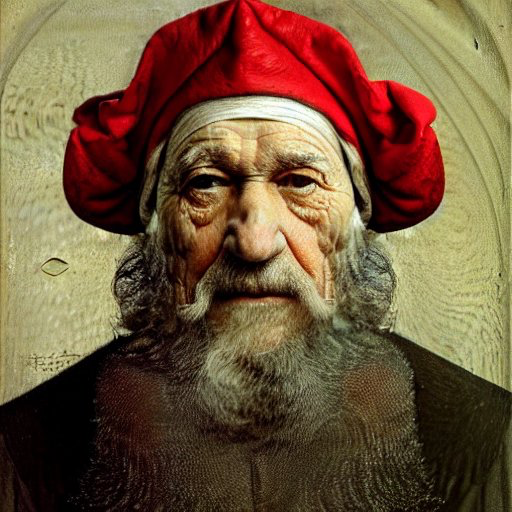
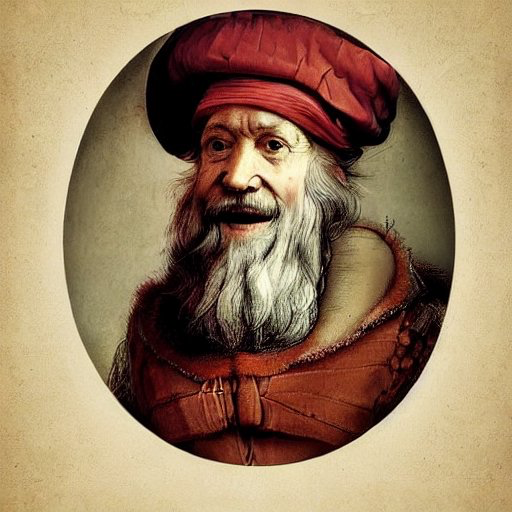
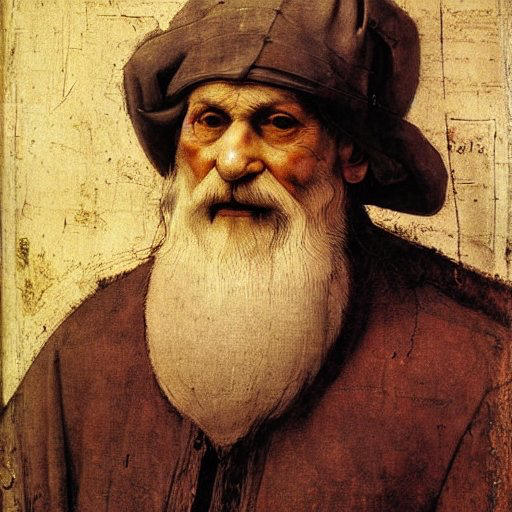
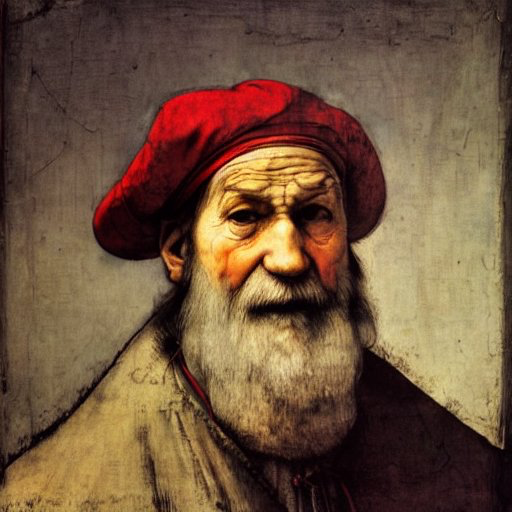
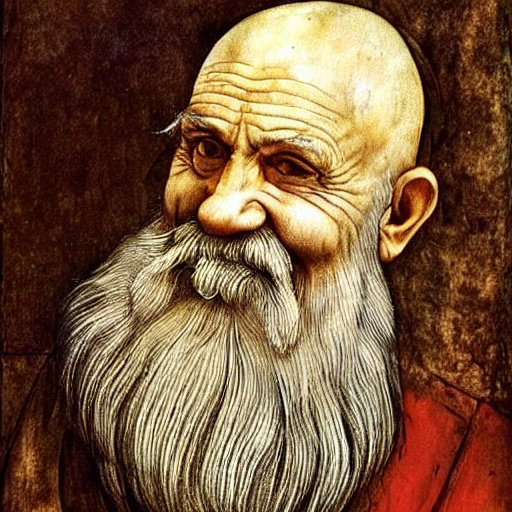
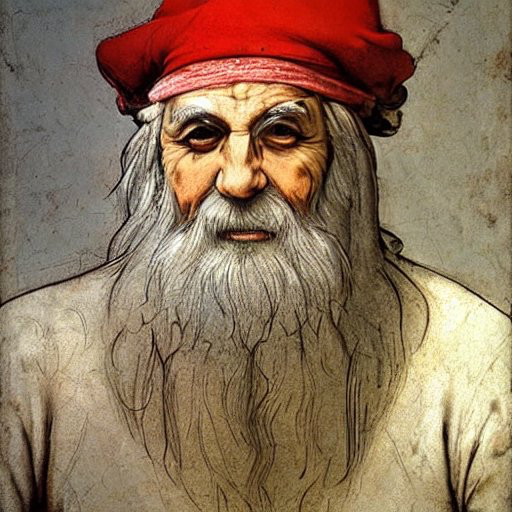
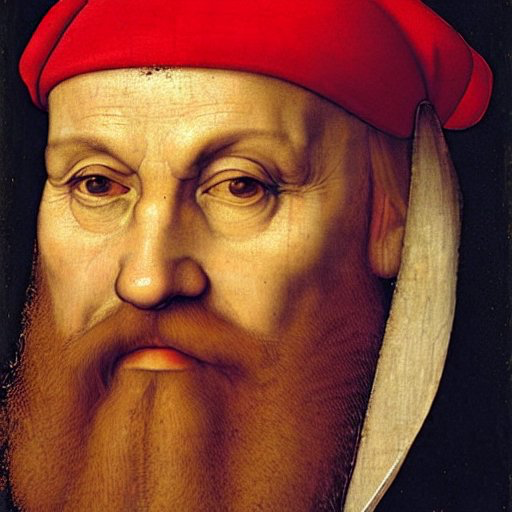
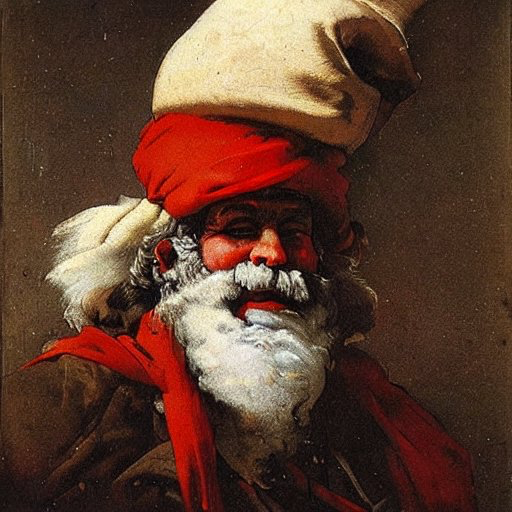

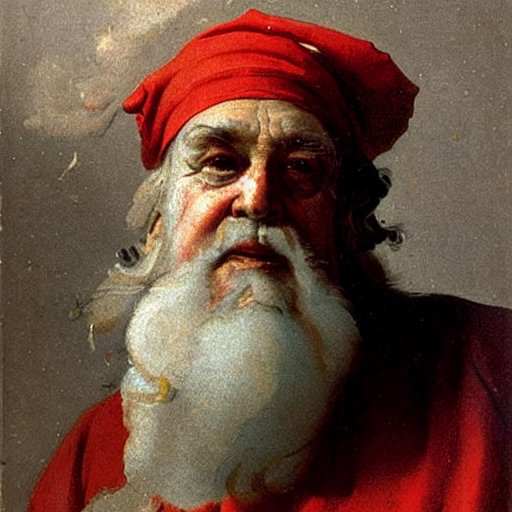
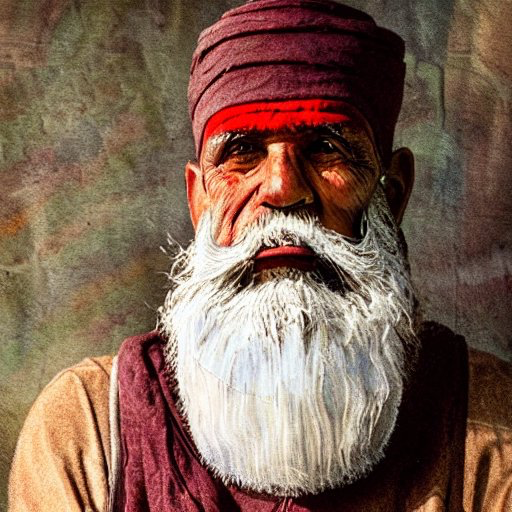
And from the more-stern set...
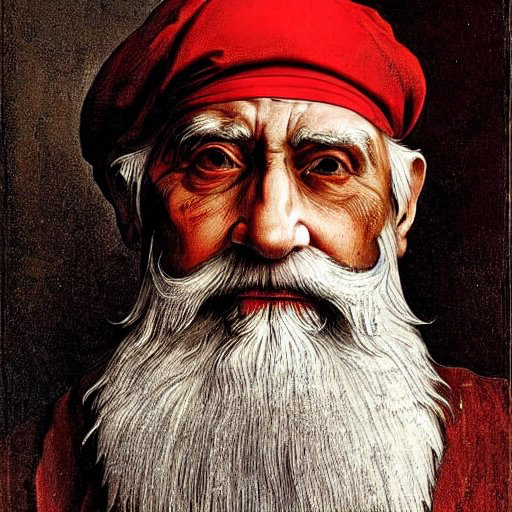
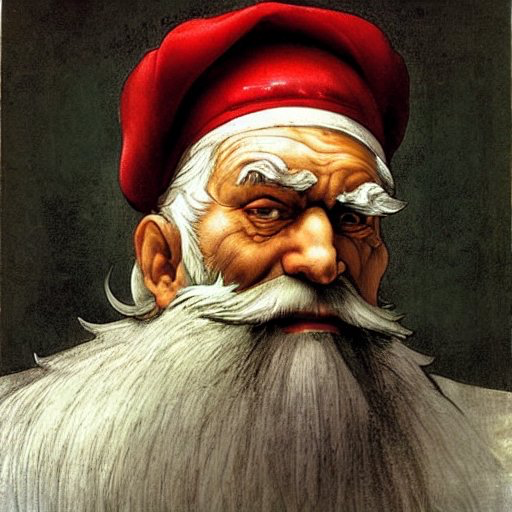
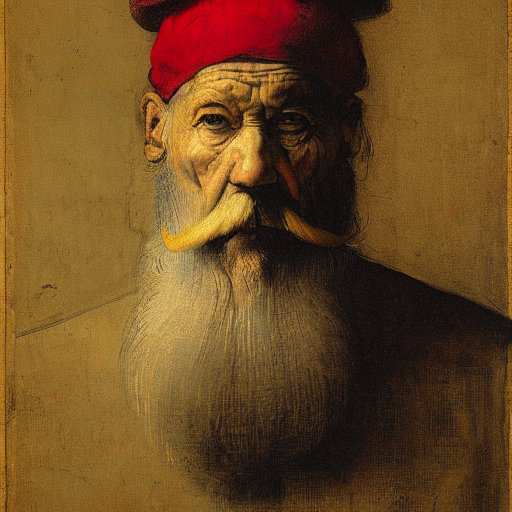
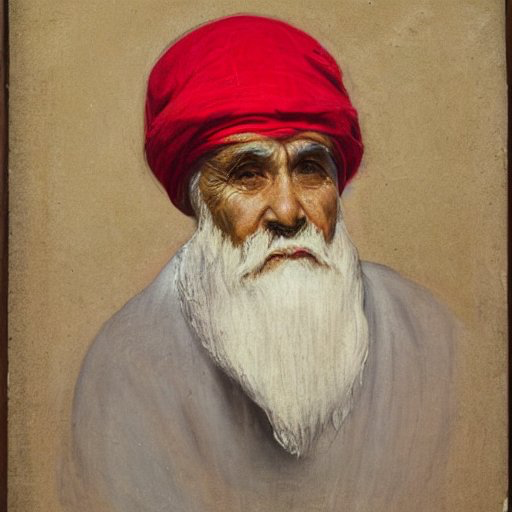
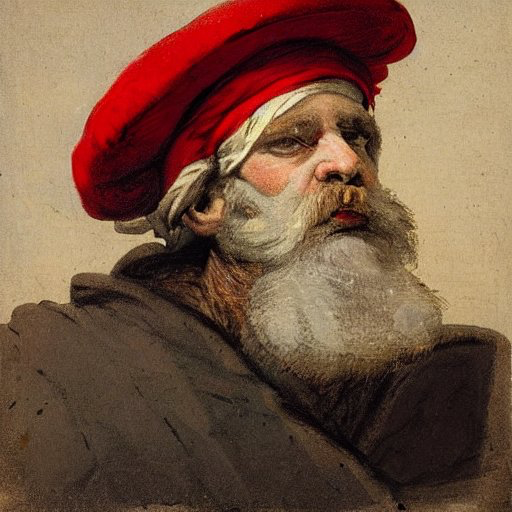
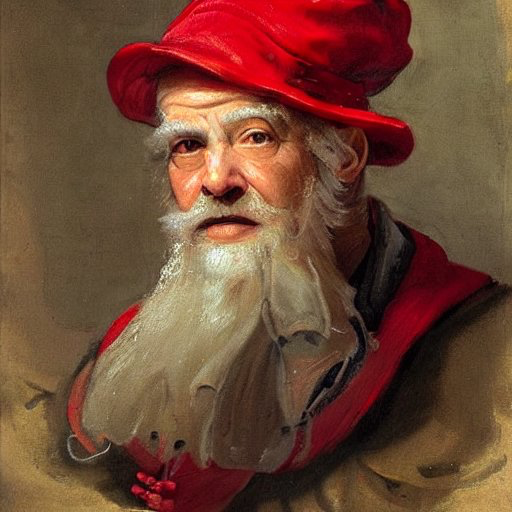
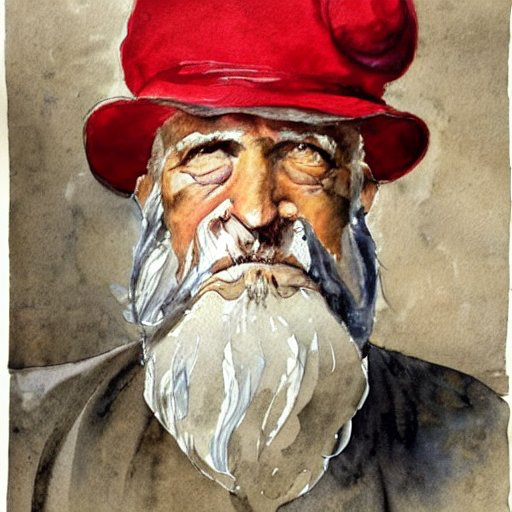
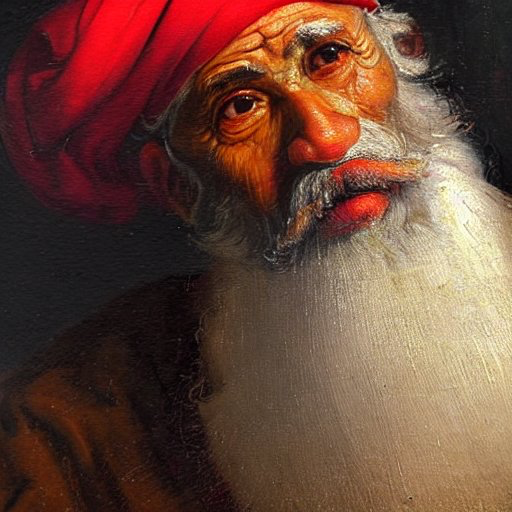
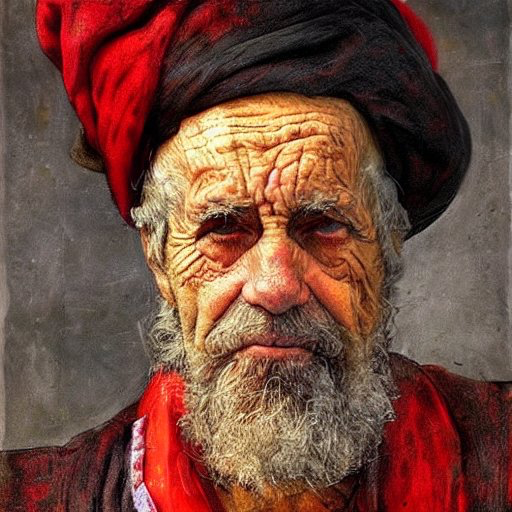
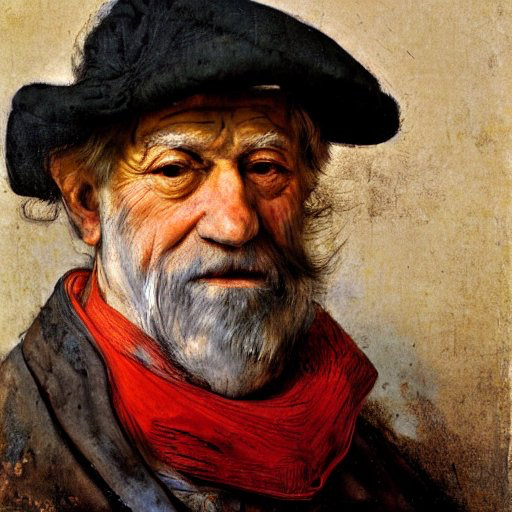
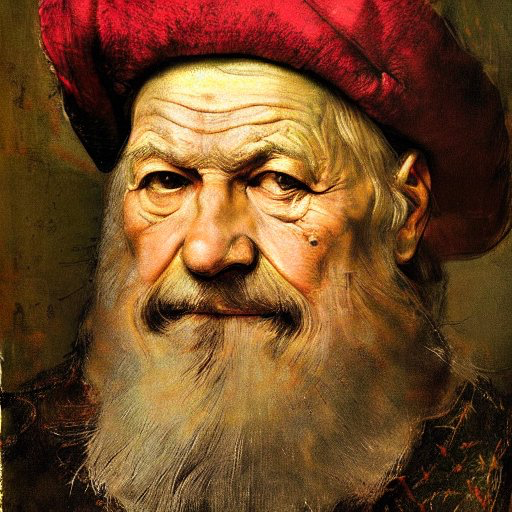
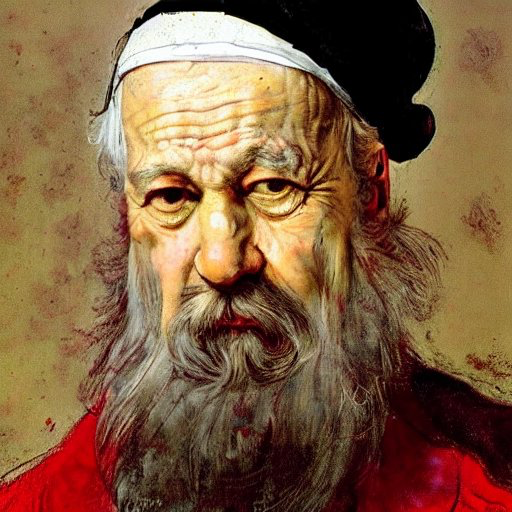
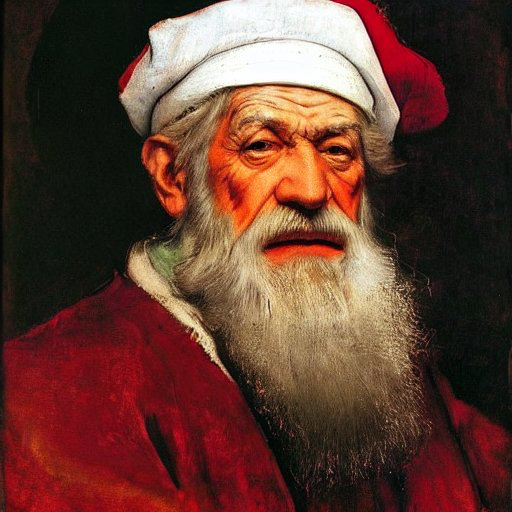
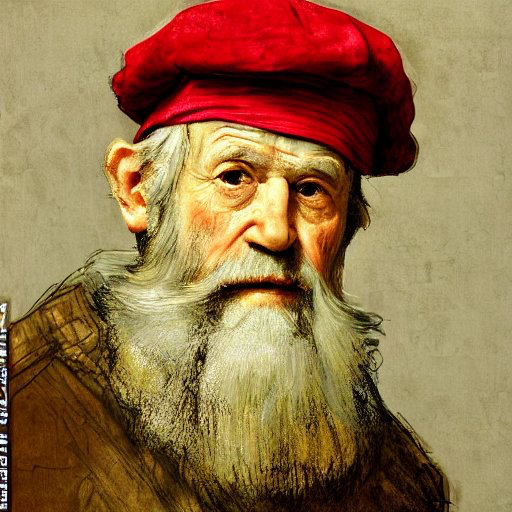
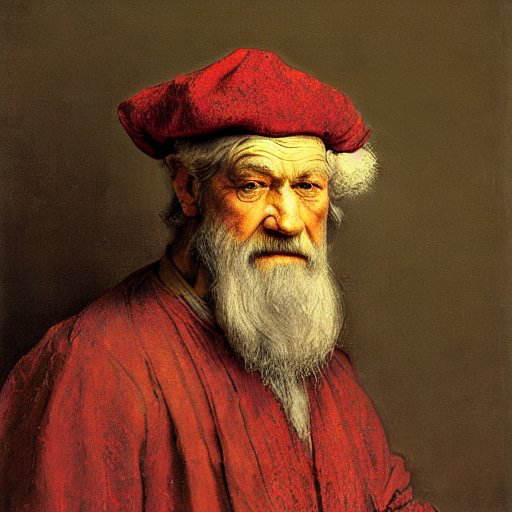
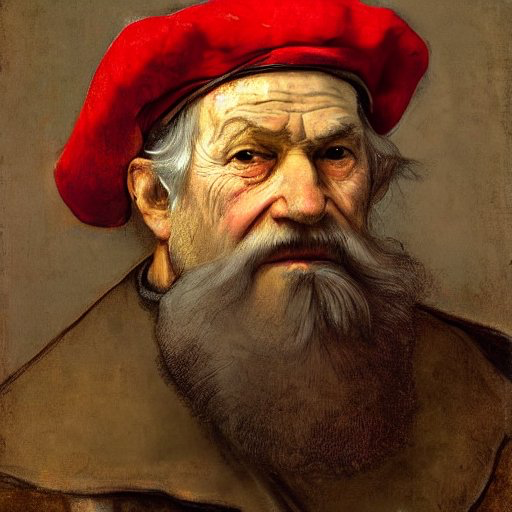
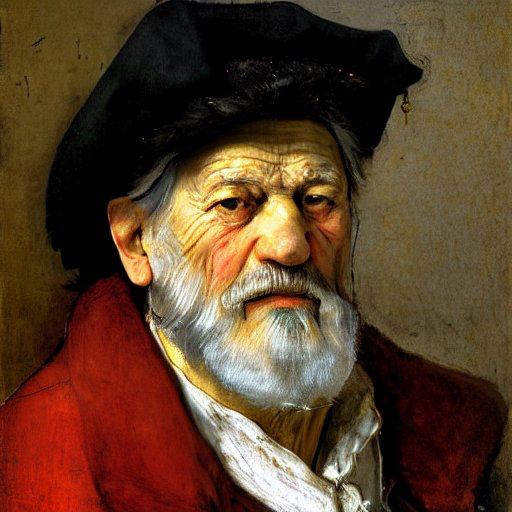
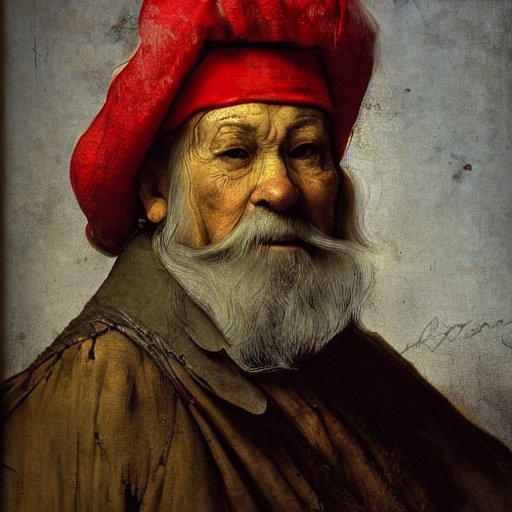
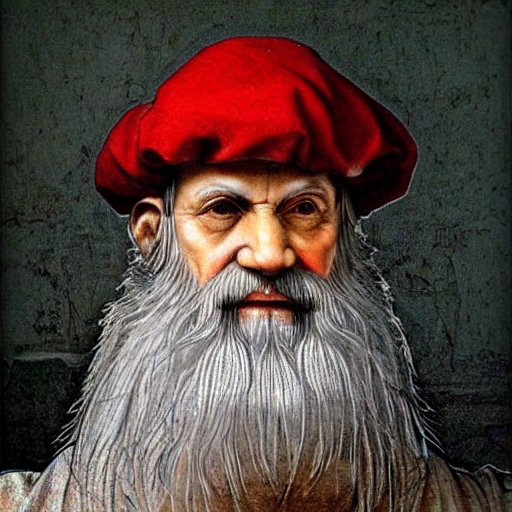
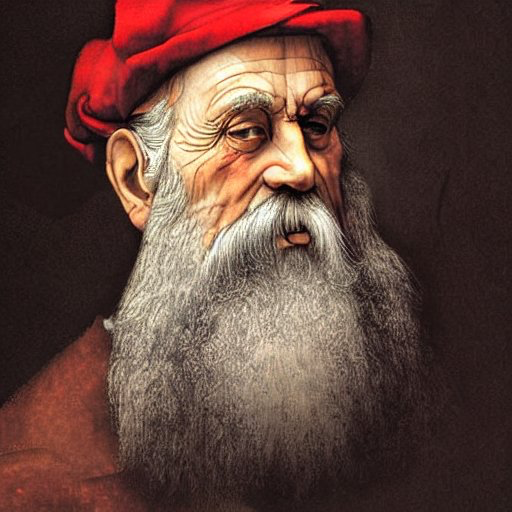
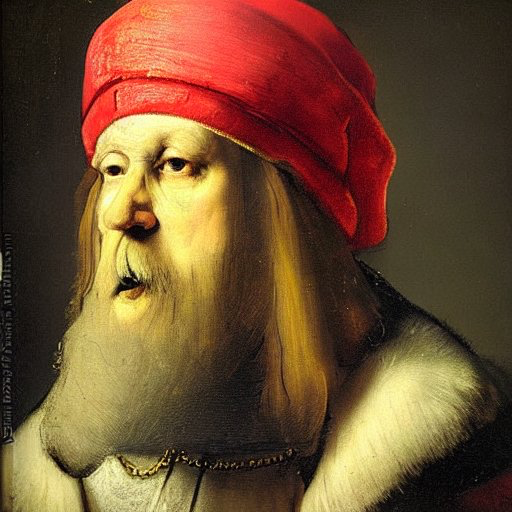
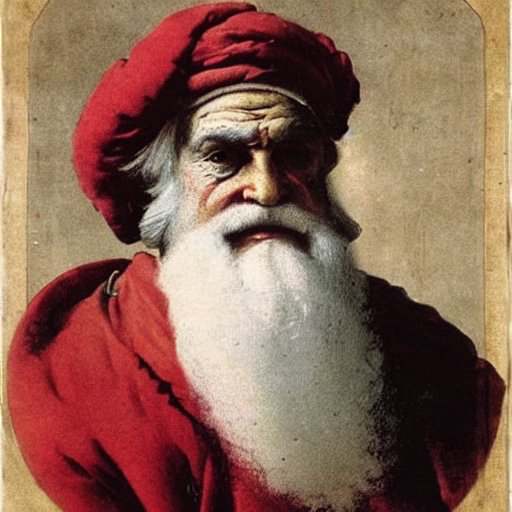
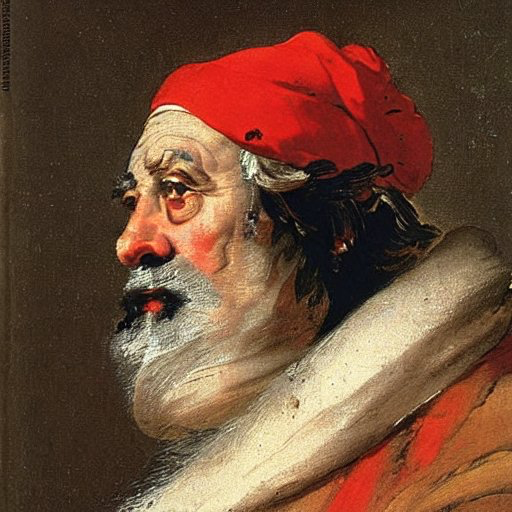

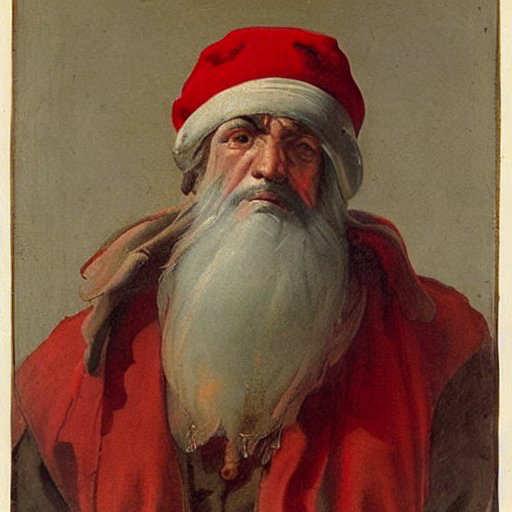
If you look, you'll see one face that turns up over and over again in my set (there's a name for this, which escapes me at the time of witing). It was triggered by compelling HDR portrait by freud rembrandt holbein tiepolo photorealistic jolly old Tunisian white beard red cap; once in that groove, about half the generated images had that face, and I found it fascinating enough to dig that seam rather a lot. I may go into that in a later post – for now, here are four of the same face, generated just as I wrote these words. People are currently paying several tens of dollars to get this done for their own face in various tools based on the DreamBooth variation of StableDiffusion.



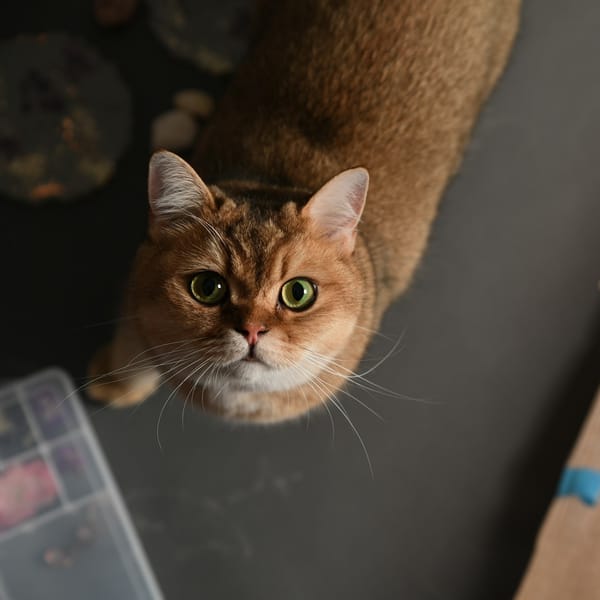

Comments
Sign in or become a Workroom Productions member to read and leave comments.